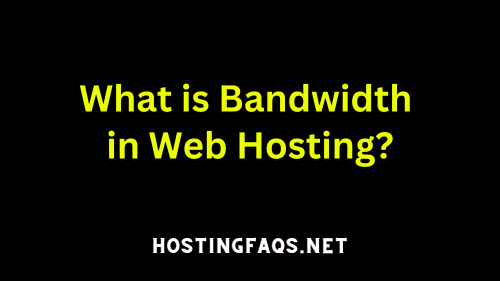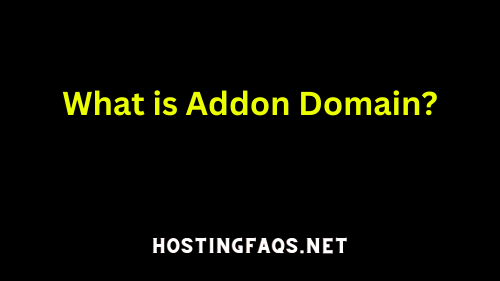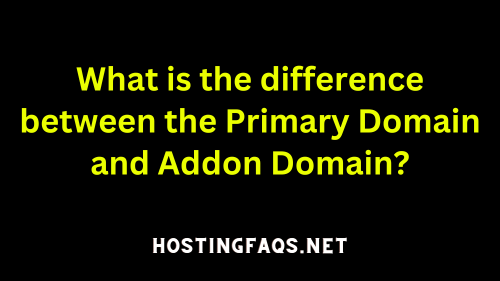The amount of traffic that shared hosting can handle depends on various factors, including the hosting provider’s infrastructure, the specific hosting plan, and the resource demands of the hosted websites. Shared hosting, designed primarily for small to medium-sized websites, typically can handle traffic within certain limits. However, quantifying this capacity in terms of a specific number of visitors or page views can be challenging due to these variable factors.
Factors Influencing Traffic Capacity in Shared Hosting
- Server Resources: Shared hosting involves multiple websites sharing server resources like CPU, RAM, and bandwidth. The more resource-intensive the websites on the server are, the less capacity the server will have for handling high traffic.
- Hosting Plan Specifications: Different shared hosting plans offer varying amounts of resources. Plans with more bandwidth and higher resource allocations can handle more traffic.
- Website Optimization: Well-optimized websites with efficient code, optimized images, and proper use of caching can handle more traffic than poorly optimized ones.
- Nature of Traffic: Traffic spikes during peak times or viral events can strain server resources more than steady, predictable traffic.
- Type of Content: Websites with a lot of dynamic content, such as e-commerce sites, and those that run complex scripts or databases will consume more resources than static websites.
General Estimates
- Low to Moderate Traffic: Most basic shared hosting plans are adequate for websites with low to moderate traffic levels. This can typically mean anywhere from a few hundred to a few thousand visitors per day.
- High Traffic: If a website regularly attracts high traffic (tens of thousands of visitors per day or more), shared hosting might not be sufficient. In such cases, the website might experience slow loading times or downtime due to the limitations of shared resources.
Signs You Are Exceeding Traffic Capacity
- Slow Website Performance: If your site starts to slow down, especially during peak traffic times, this may indicate you’re hitting the limits of your hosting plan.
- Server Downtime: Frequent server downtime or error messages can be signs that your traffic levels are too high for your shared hosting environment.
- Bandwidth Overages: Exceeding the monthly bandwidth allocation provided by your hosting plan can lead to additional charges or temporary suspension of your website.
Upgrading Options
If your website consistently exceeds the capacity of your shared hosting plan, consider upgrading to a higher-tier shared hosting plan or transitioning to a more robust hosting solution like a Virtual Private Server (VPS) or dedicated hosting, which offer more resources and better handling of high traffic volumes.
Conclusion
Shared hosting can be a practical solution for many websites, but its ability to handle traffic effectively has limitations. These limitations depend on the hosting plan, the nature of the hosted websites, and how well those websites are optimized. Regular monitoring of website performance and traffic will help you determine when it’s time to consider upgrading your hosting plan or switching to a different type of hosting solution.
Best WordPress Hosting for Beginners in 2024
Hosting Company
Why To Buy
Pricing
Latest Deal

Cheapest Shared Hosting With Premium Features
Starts from $0.99/mo.
Up To 80% OFF

Affordable Hosting With Best Performance
Starts from $2.99/mo.
Up To 75% OFF

#1 WordPress Recommended Hosting With Great Features
Starts from $2.65/mo ($8.99/mo).
Up To 70% OFF
Hosting Company | Why To Buy | Pricing | Latest Deal |
 | Cheapest Shared Hosting With Premium Features | Starts from $0.99/mo. Up To 80% OFF | |
 | Affordable Hosting With Best Performance | Starts from $2.99/mo. Up To 75% OFF | |
 | #1 WordPress Recommended Hosting With Great Features | Starts from $2.65/mo ($8.99/mo). Up To 70% OFF |





